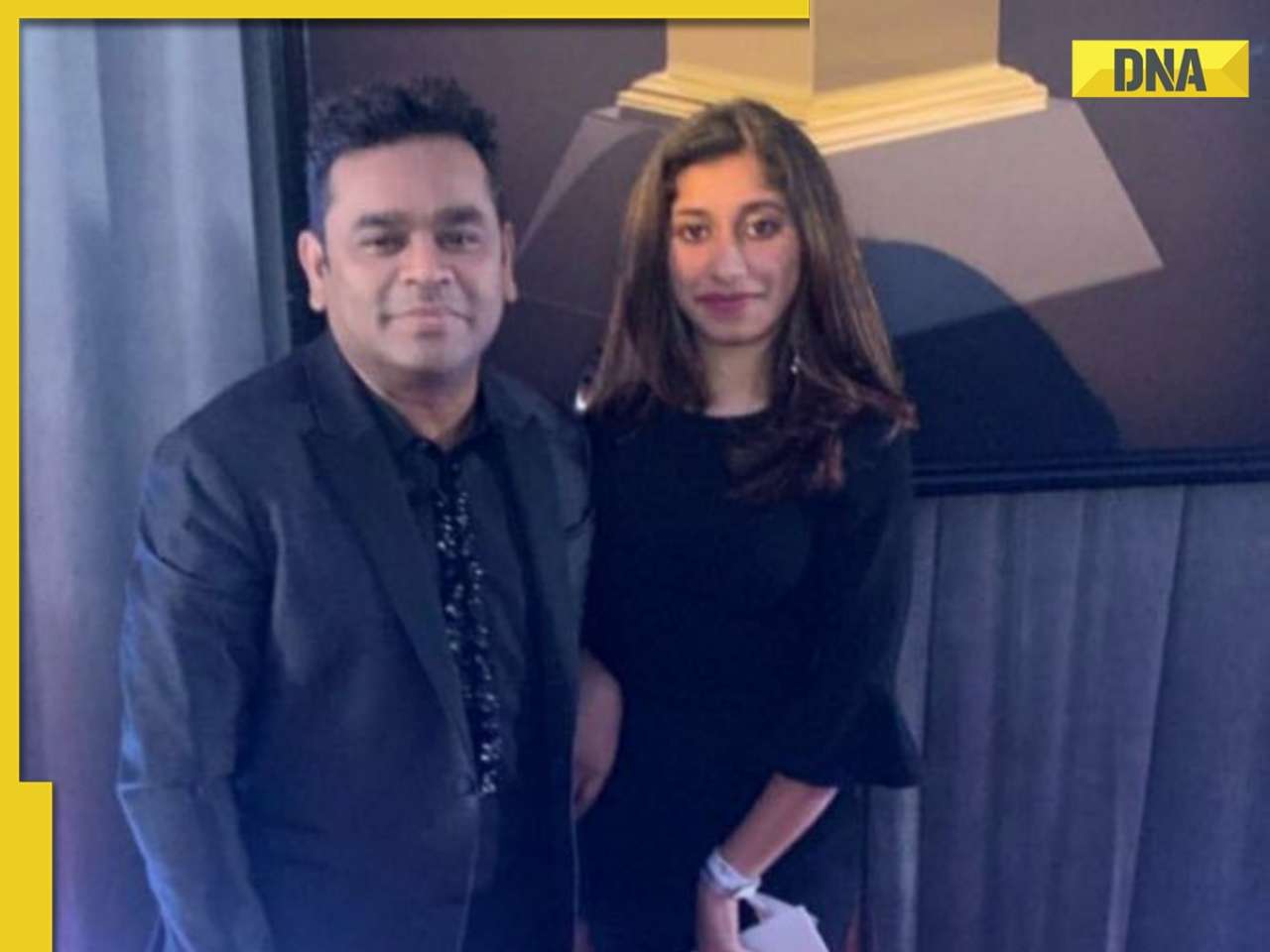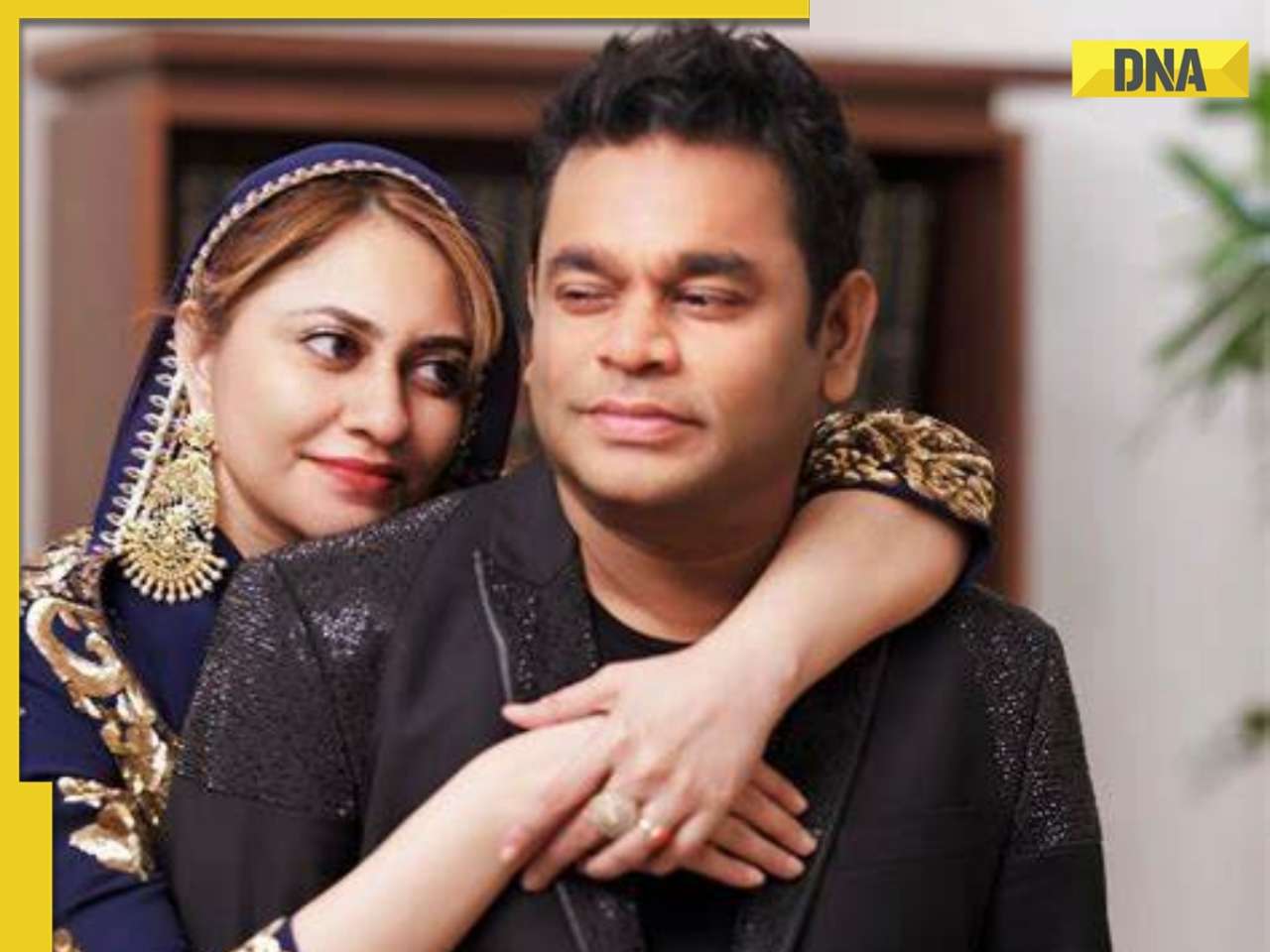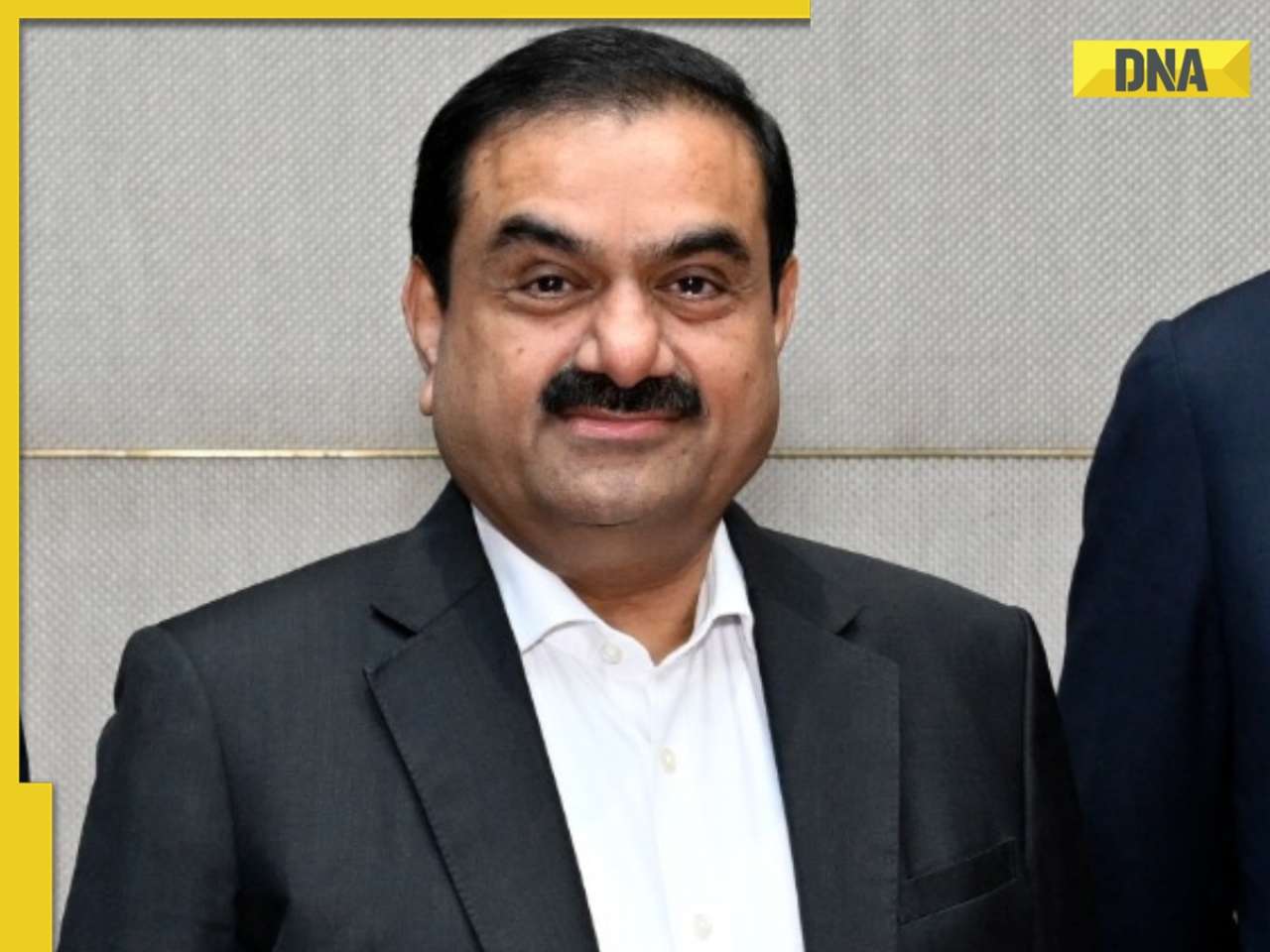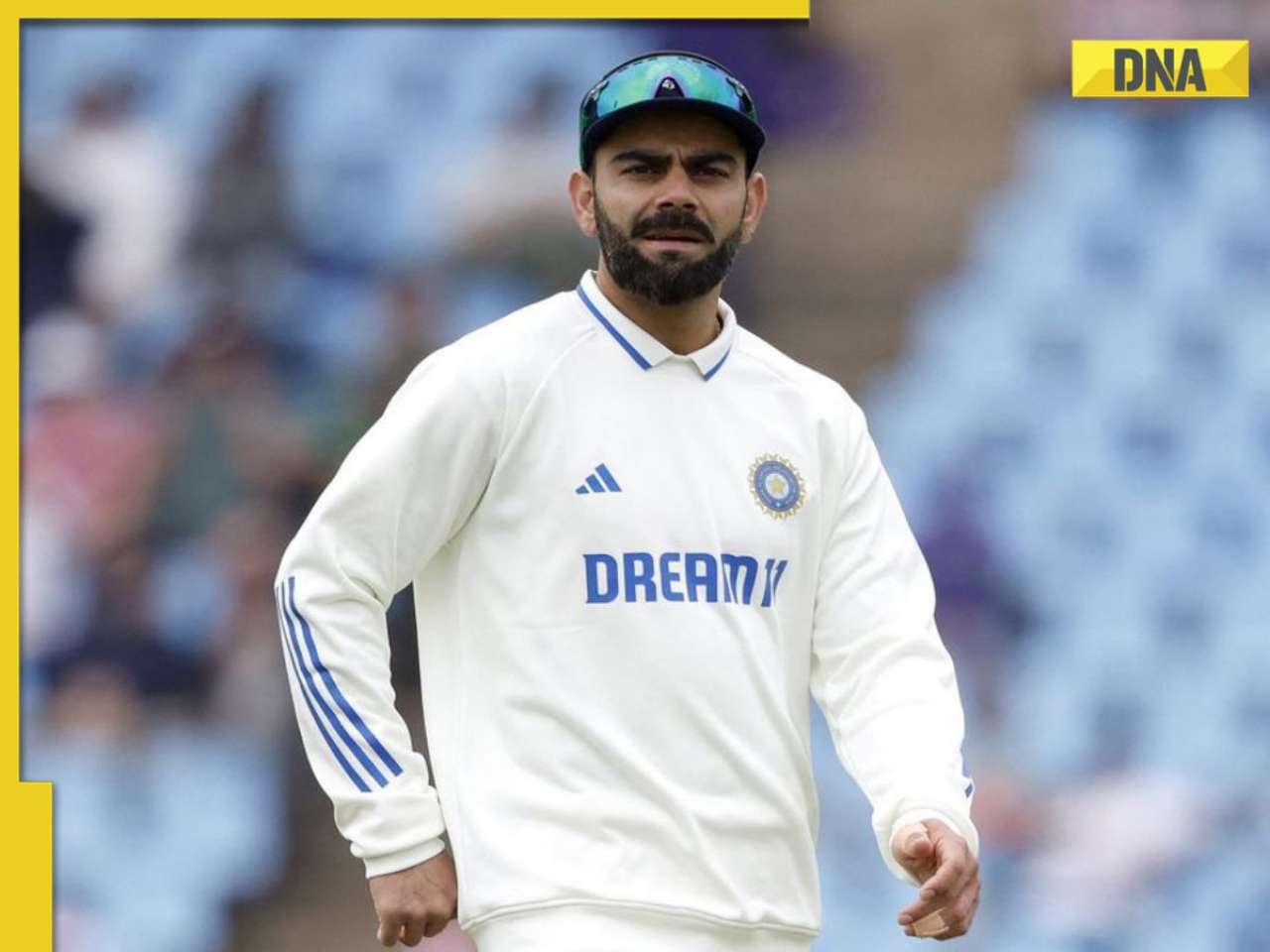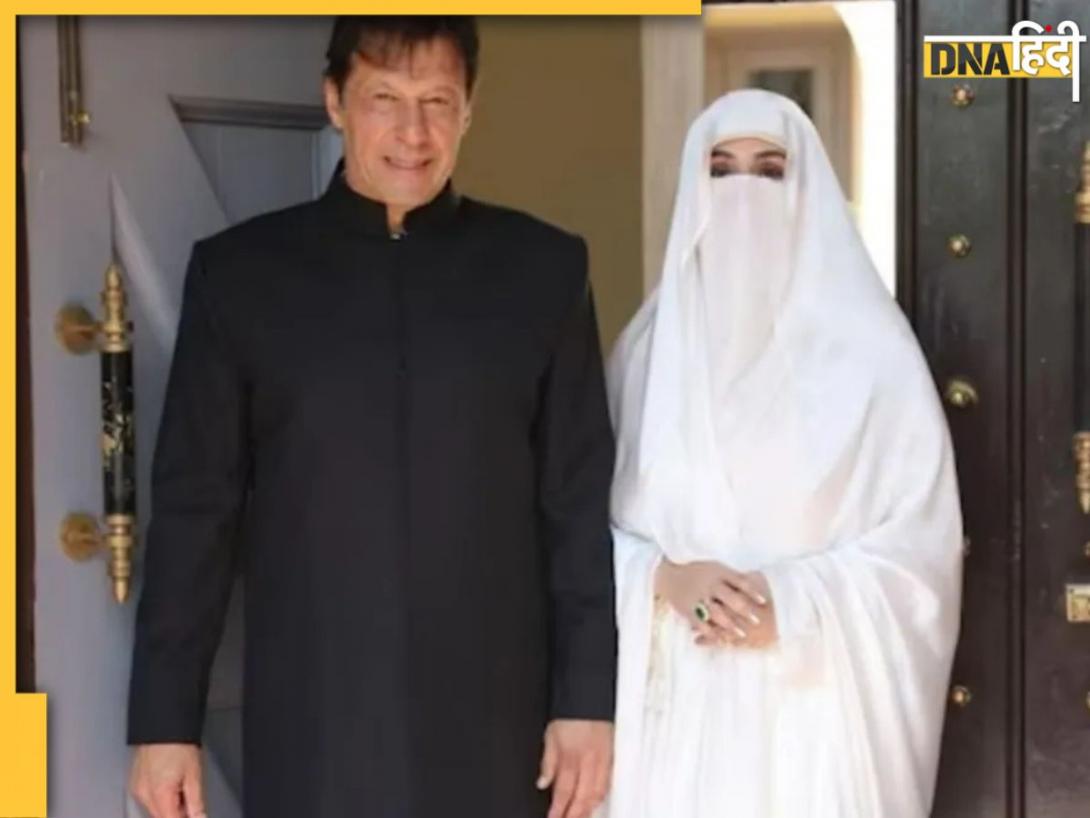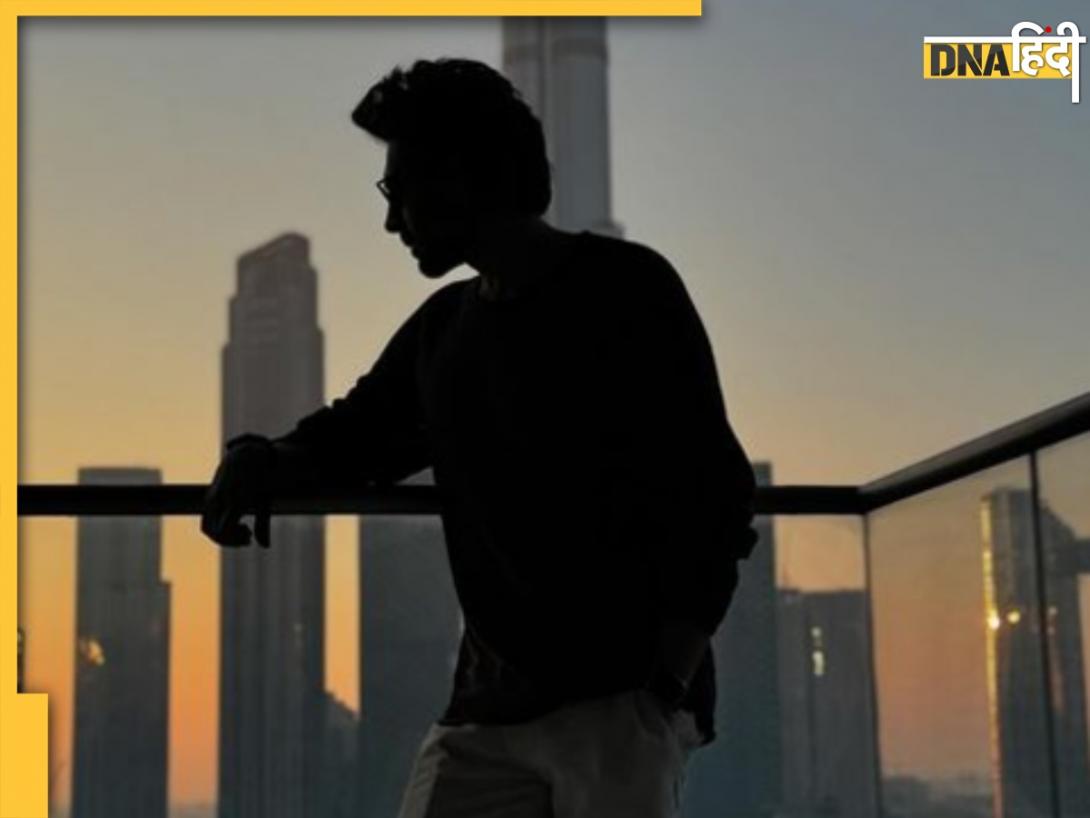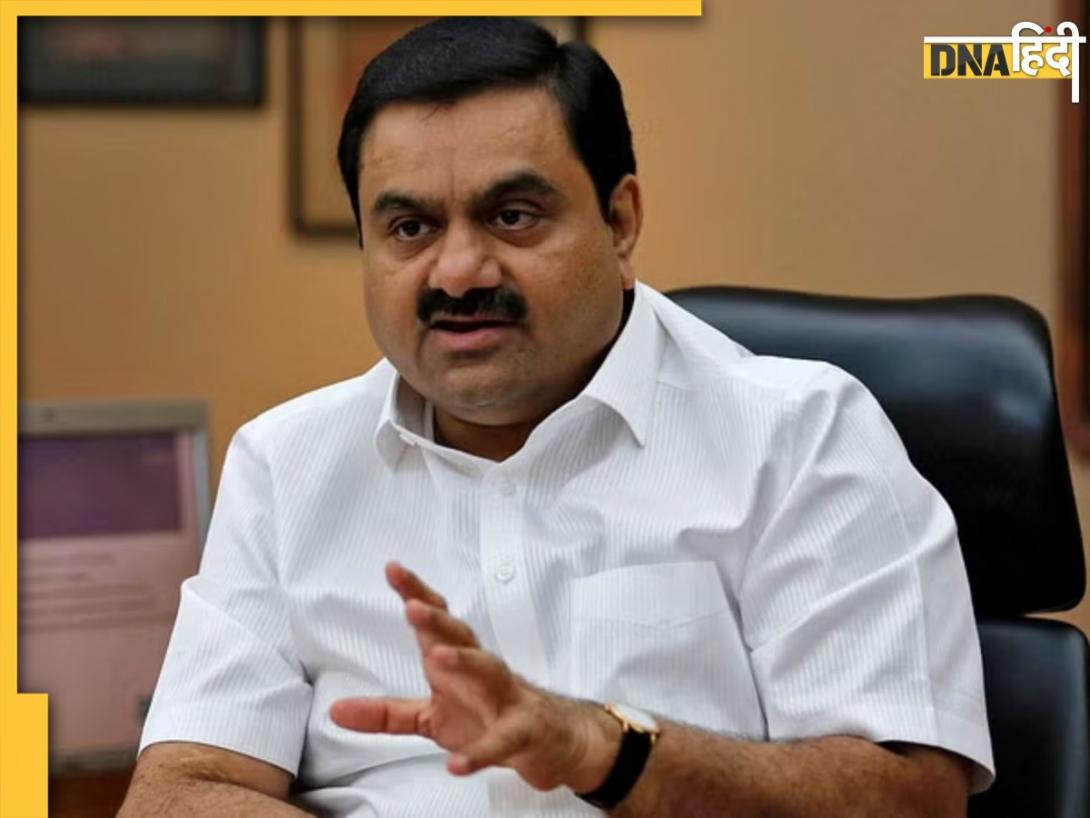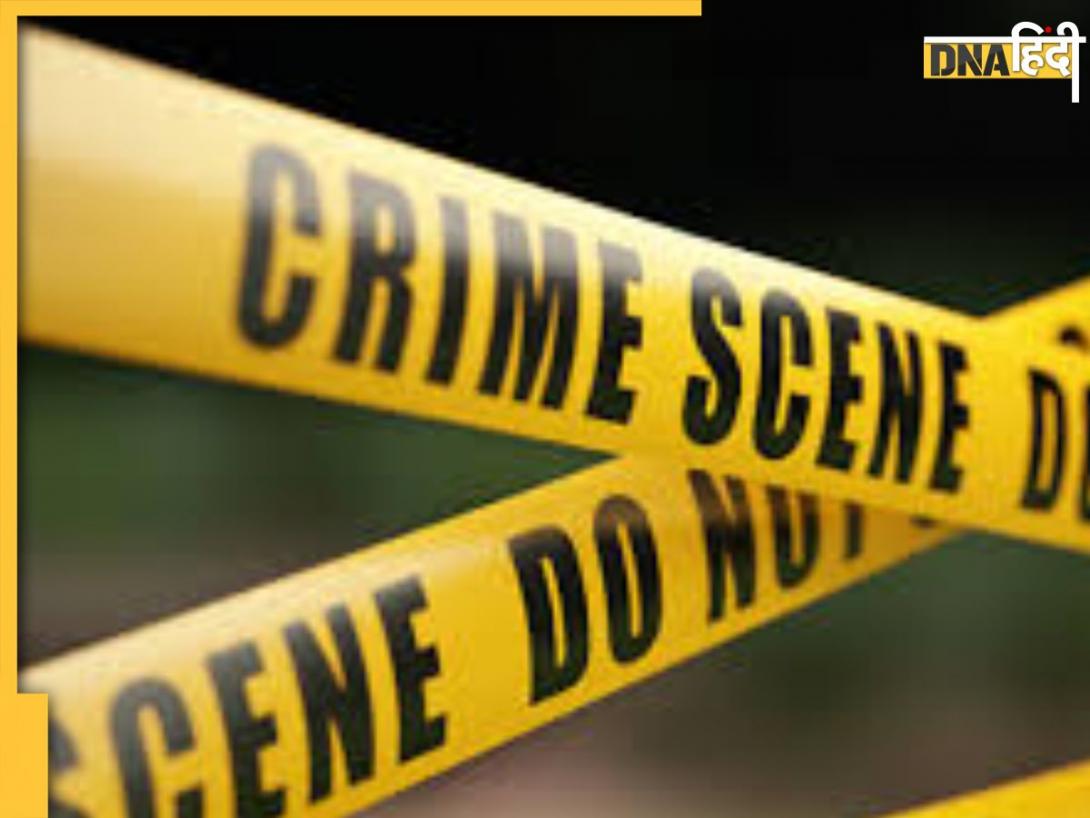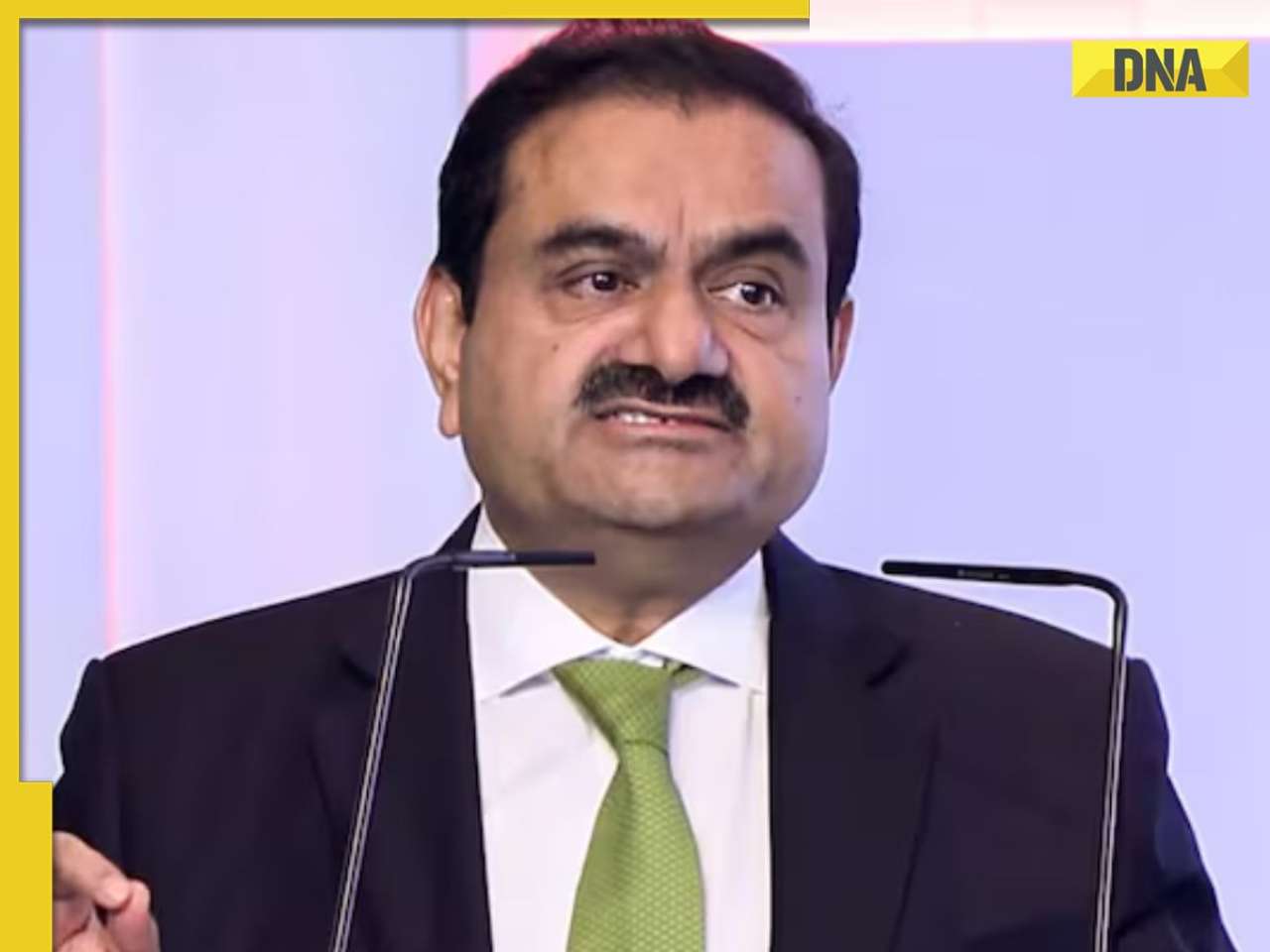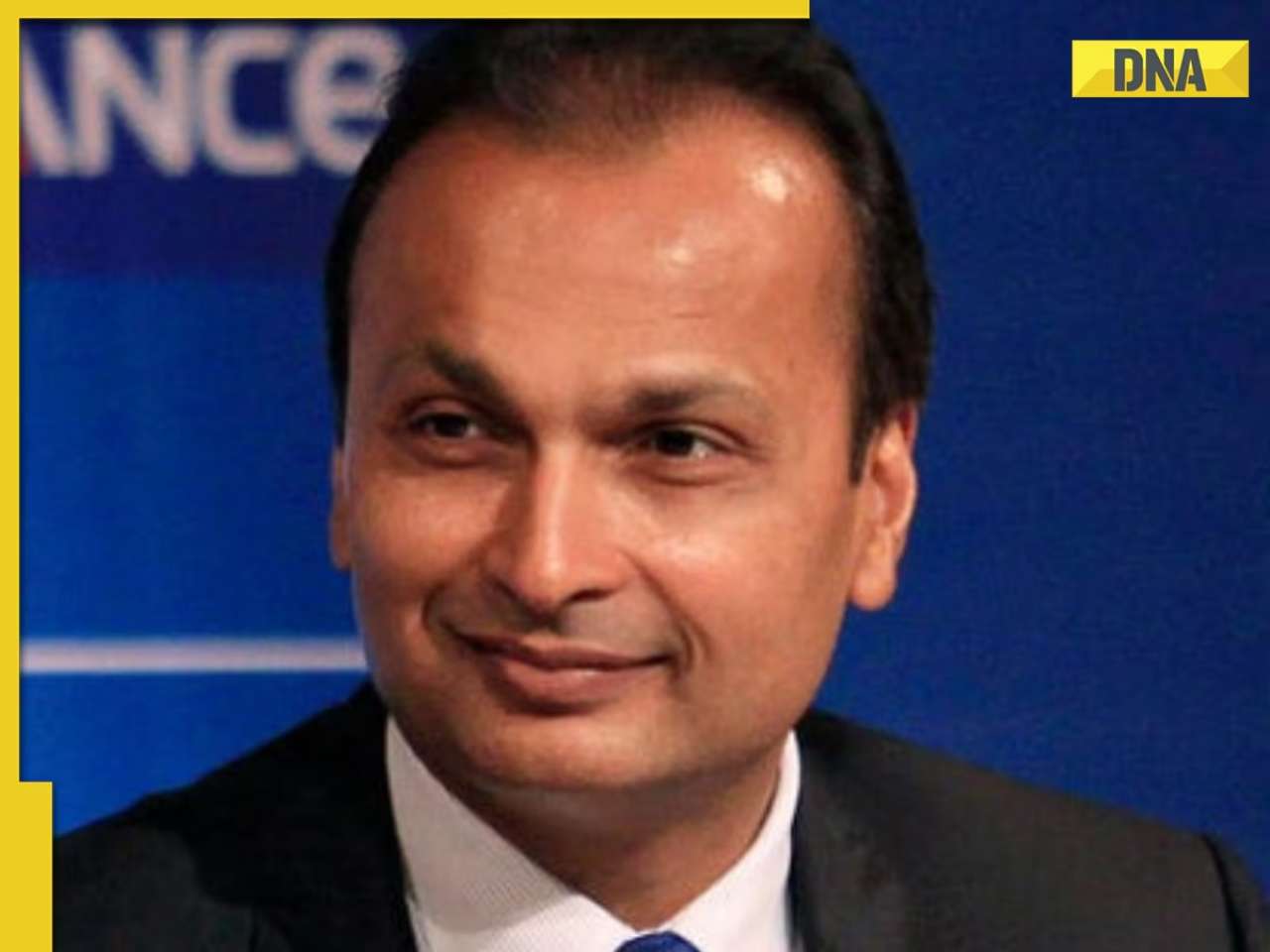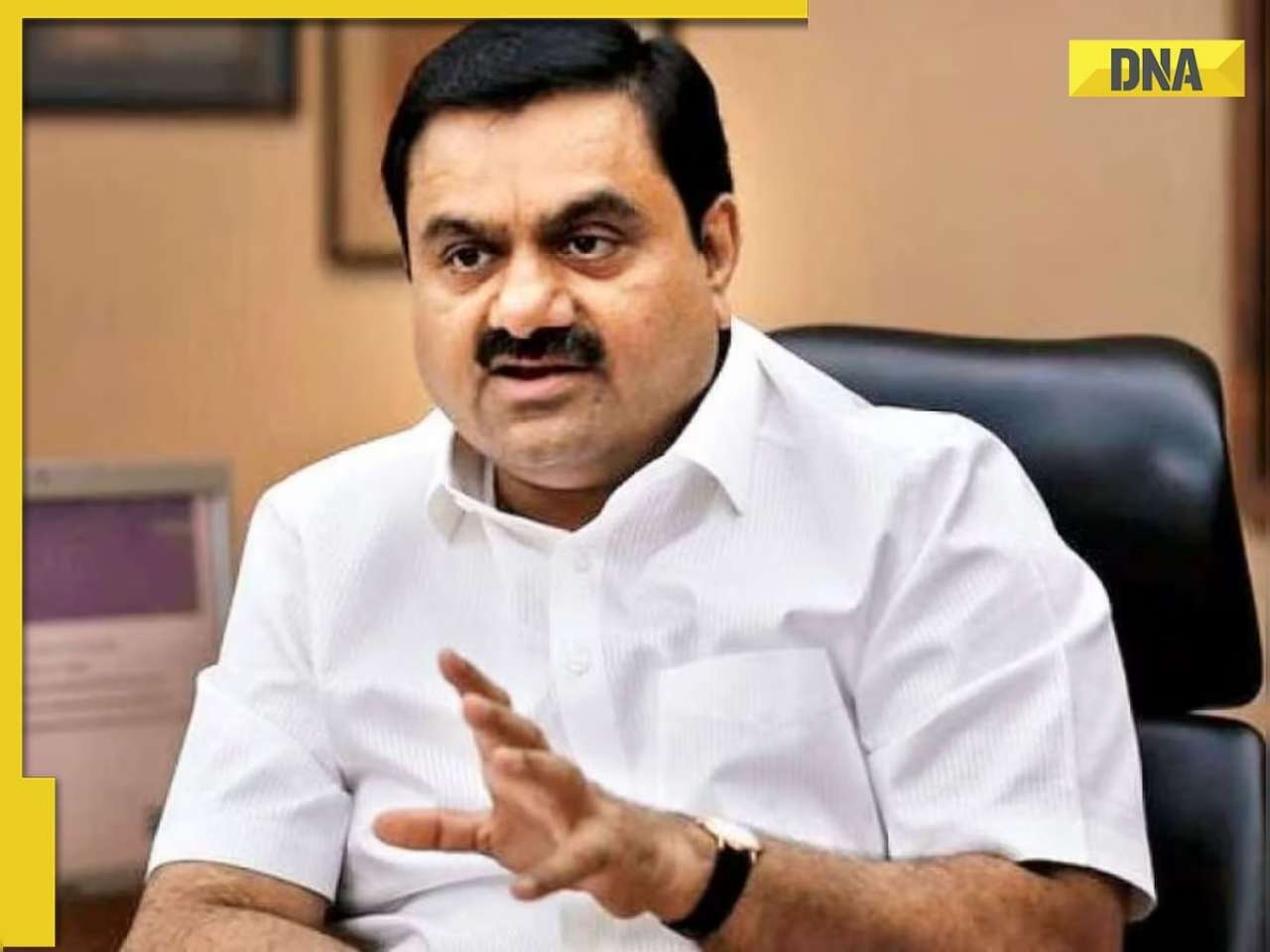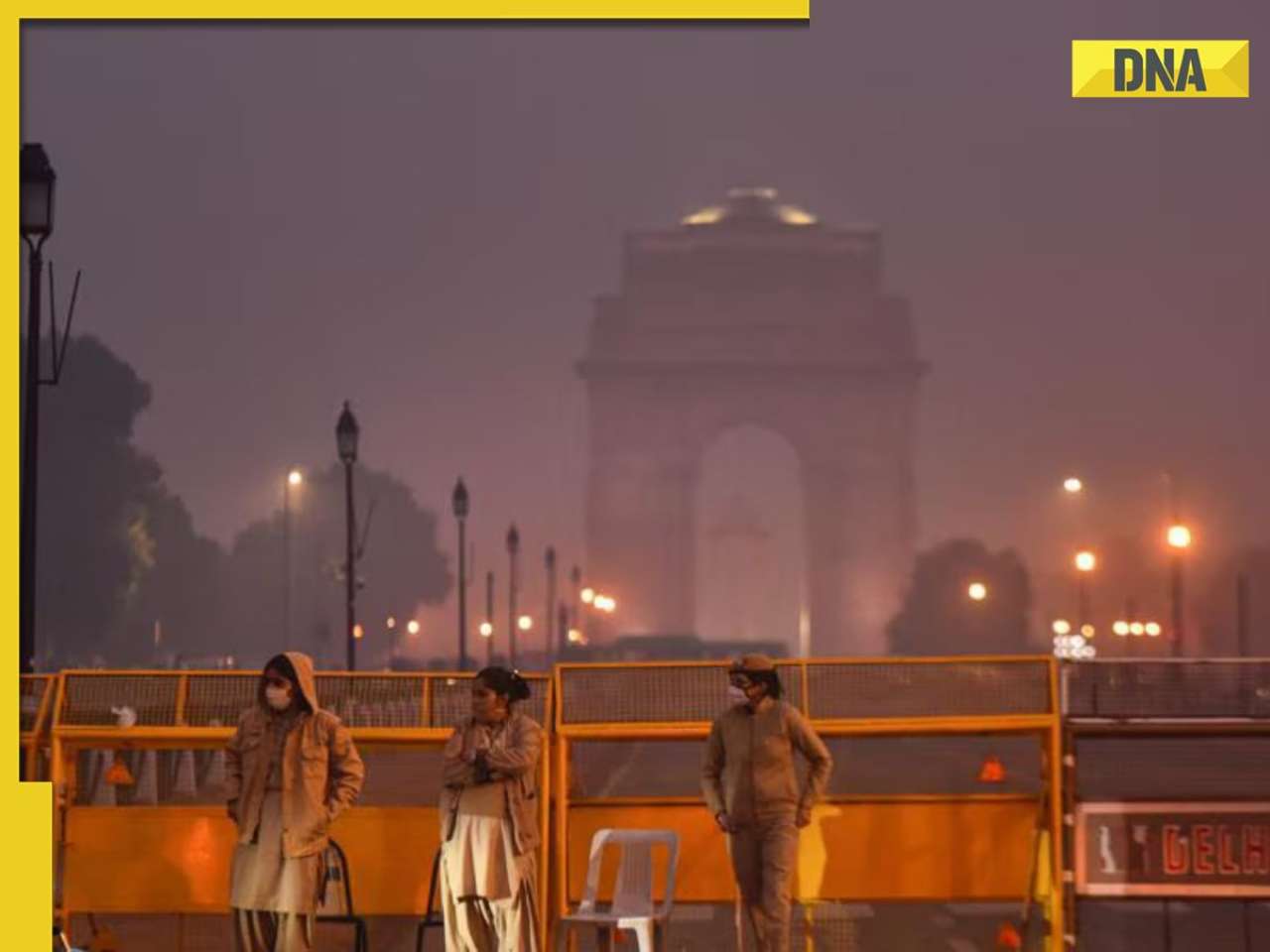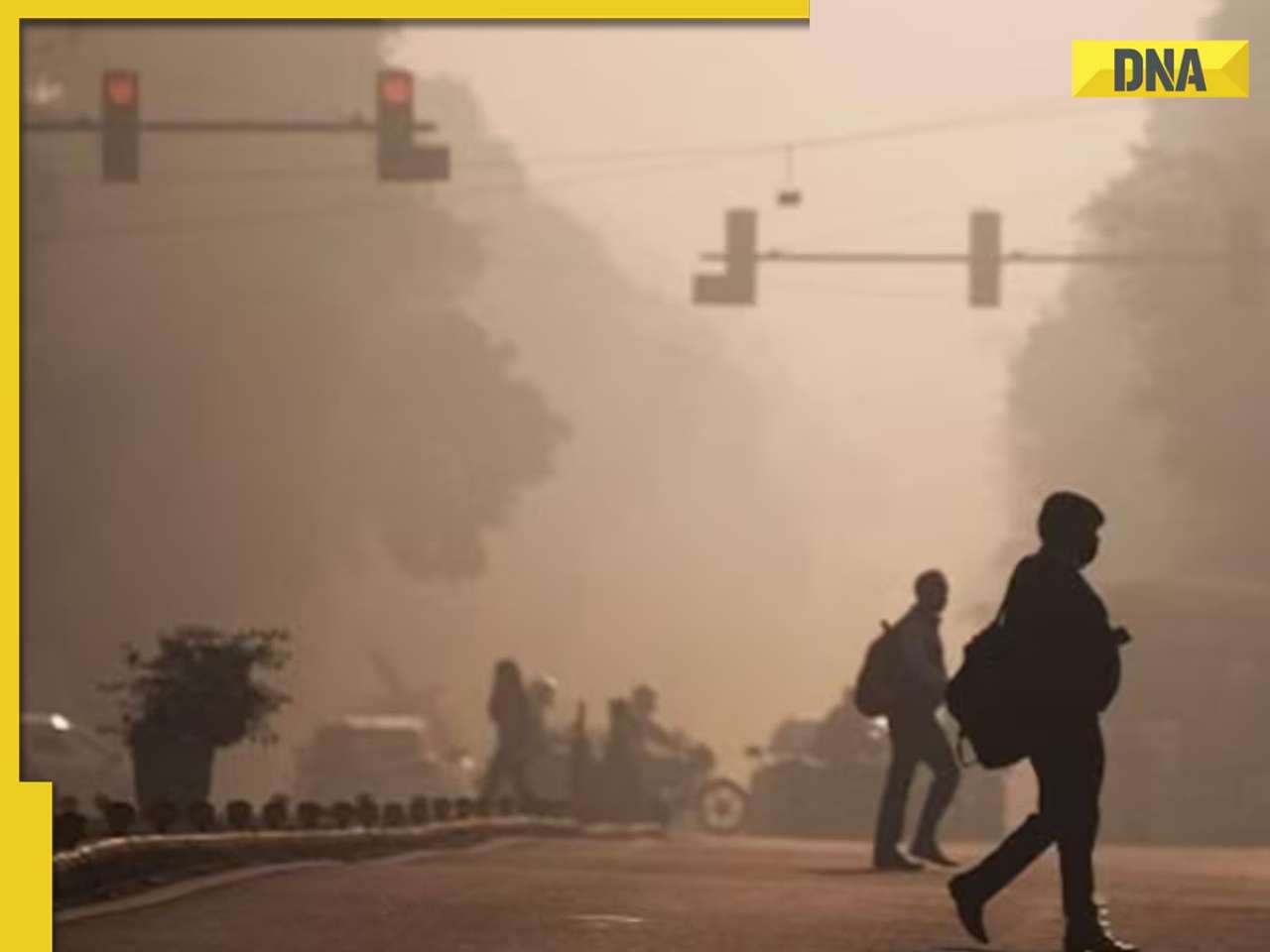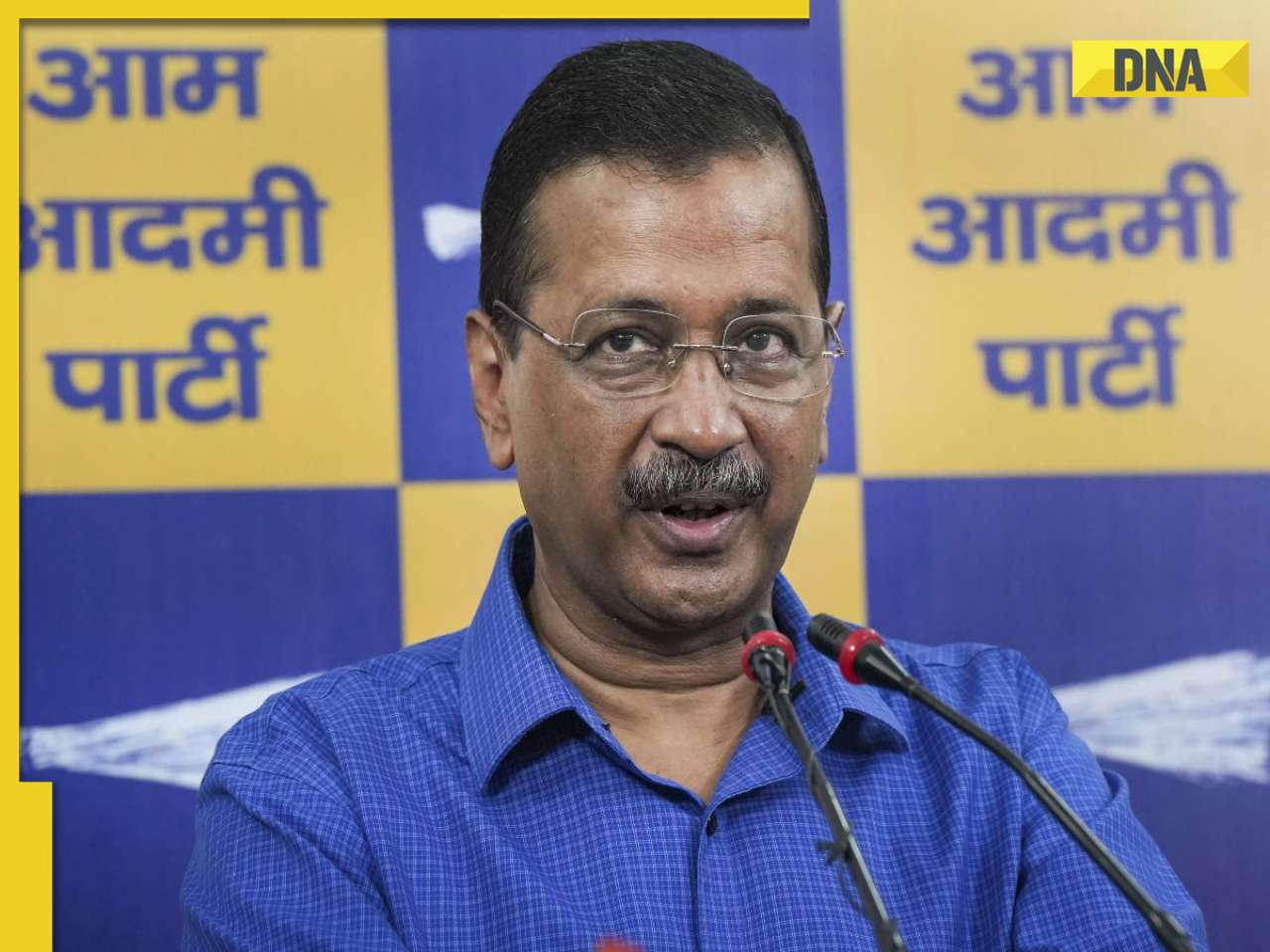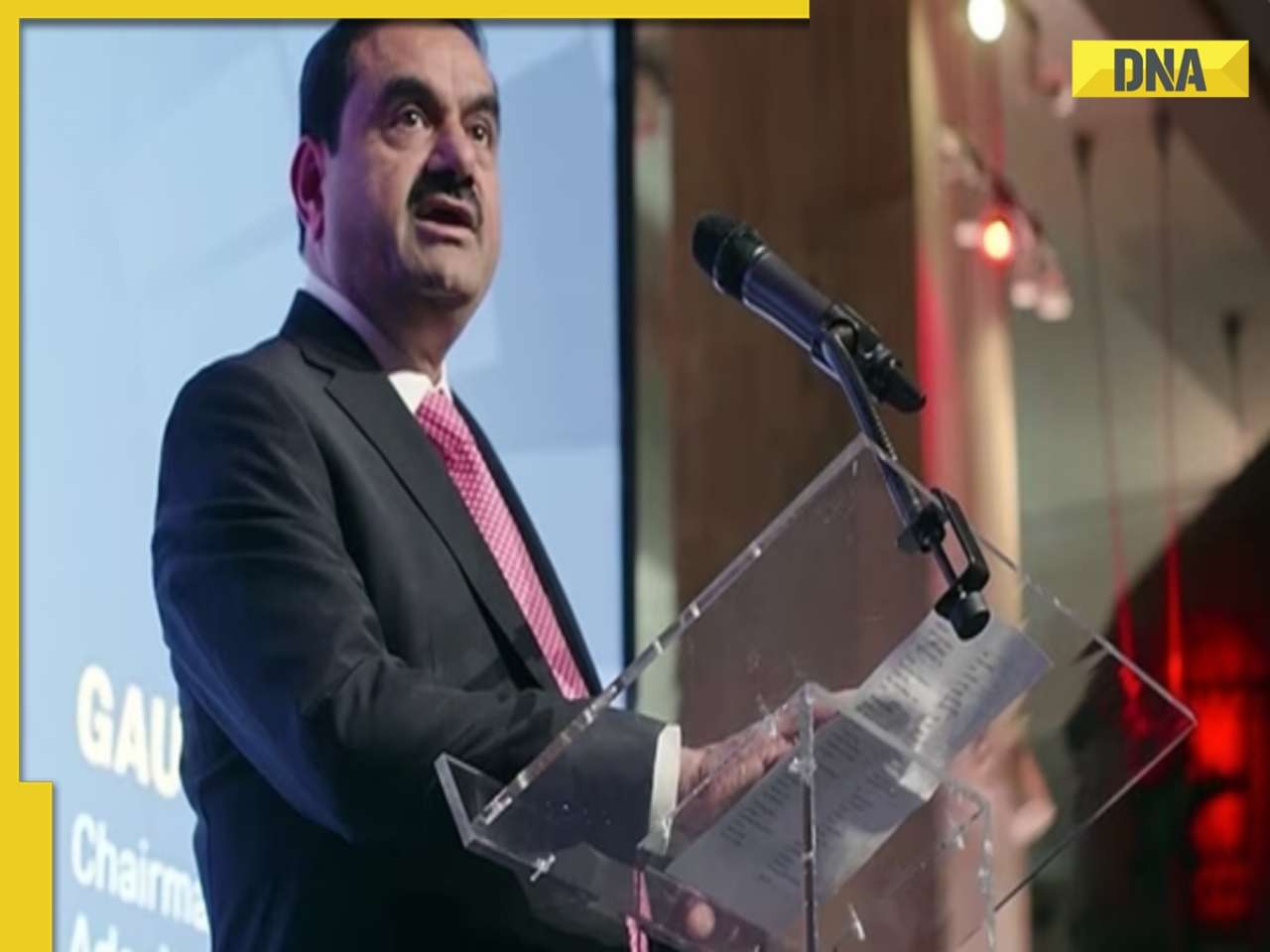- LATEST
- WEBSTORY
- TRENDING
ANALYSIS
Fall of a Colossus: Legacy of Hassan Nasrallah and uncertain future of Hezbollah
The Israeli airstrike targeted Hassan Nasrallah, who had led Hezbollah for over 30 years
TRENDING NOW
On Saturday (September 28), the Israeli military announced that Hezbollah leader Hassan Nasrallah was killed in a strike on Beirut. Military spokesman Lieutenant Colonel Nadav Shoshani confirmed the news on X, stating, “Hassan Nasrallah is dead.” Captain David Avraham also confirmed to AFP that Nasrallah had been “eliminated” following Israeli strikes on the Lebanese capital the day before (Friday, September 27).
The Israeli airstrike targeted Hassan Nasrallah, who had led Hezbollah for over 30 years, since his predecessor was killed in 1992 when an Israeli helicopter fired a rocket at his car. At 64 years of age, the cleric was the most influential leader among Iran’s network of allied militias. Israel refers to him as a key figure in Iran’s network of allies, while the US has labelled his group a “terrorist organisation”.
Backed by Iran, Nasrallah had played a key role in turning Hezbollah into one of the most powerful non-state military forces in the world. He transformed Hezbollah from a militia into a political party that holds significant influence within the Lebanese government. Many of his supporters see Nasrallah as a nearly divine leader who has the loyalty of tens of thousands of devoted Shia Muslims.
Nasrallah’s critics see him as an anti-Semitic terrorist—one who harbours hatred towards Jewish people and engages in violence or acts of terror—responsible for leading a group linked to the deaths of hundreds of Americans and Israelis. While it was initially unclear if the airstrike on Friday had, indeed, killed him, the Israeli military confirmed his death the following day.
According to Fawaz Gerges, a Middle East expert and professor of international relations at the London School of Economics, Nasrallah was the “core of Hezbollah”, says the Wall Street Journal (WSJ).
Nasrallah is highly respected by many in the Middle East as a leader who successfully challenged Israel twice—first by leading a long guerrilla campaign that ended Israel’s occupation of southern Lebanon and, later, by fighting Israel to a standstill in the 2006 conflict, where neither side claimed a clear victory. His supporters put his face on billboards and displayed it in framed photos at home or on keychains. They play his victory speeches through car stereos and pop stars sing about his group’s actions against Israel. Some even request robes he has worn.
Even Israelis, who view him as an enemy, acknowledge his significant role. On Friday, a senior Israeli official in New York stated that Nasrallah’s elimination would be a major setback for both Hezbollah and Iran.
For Nasrallah, a follower of former Iranian supreme leader, Ayatollah Ruhollah Khomeini, and a Shi’ite cleric, the fight against Israel is deeply personal. His eldest son, Hadi, was killed at age 18 while fighting Israeli forces in southern Lebanon in 1997. The Israelis kept his body. At the time, Nasrallah addressed his supporters, saying, “I thank God for His great mercy in choosing a martyr from my family.” Israel returned his son’s remains in 2004 as part of a prisoner exchange. The loss of his son strengthened Nasrallah’s image as a leader who shares in the struggles of his people, with his family’s fate closely tied to Hezbollah. Two of his sisters married senior Hezbollah leaders.
Nasrallah was born in East Beirut in 1960 to a vegetable seller’s family. He attended public school during his childhood and early teens before joining a Shia seminary in Baalbek, Lebanon, at age 16. While studying at a seminary in Najaf, Iraq, under the guidance of Ayatollah al-Sadr, a well-known cleric later executed by Saddam Hussein, Nasrallah developed a strong Shia identity. Shia Muslims, a minority in Lebanon, have historically had limited political power due to the country’s sectarian system.
Nasrallah, along with other Lebanese students, was expelled due to his involvement in religious activism. One lasting connection from that time was his friendship with Khomeini, who later became Iran’s supreme leader.
When Israel invaded Lebanon in 1982, Nasrallah joined a group of diverse Lebanese Shias who came together to resist the Israeli occupation of Lebanon. The group, which later became Hezbollah, initially received support from Iran. In the late-1980s, Nasrallah spent time studying in the holy city of Qom, Iran, to deepen his religious knowledge and strengthen his ties with Iranian leadership.
From the beginning, Hezbollah’s beliefs were heavily influenced by Khomeini and the 1979 Islamic Revolution in Iran. Hezbollah’s fighters and leaders were trained by the Islamic Revolutionary Guard Corps, which was established after the Iranian Revolution. Nasrallah swore loyalty to Khomeini and quickly rose through the ranks of Hezbollah. Within the group, he became a respected figure, known for his expertise in Islamic law and his teachings were seen as a guide for all areas of life.
Nasrallah occasionally displayed a sense of drama that felt almost like a scene from a movie. Three days into the 2006 war, Nasrallah gave a recorded message, saying, “The surprises I promised are about to begin.” Soon after, Hezbollah fired a missile from Beirut that hit an Israeli ship in the sea.
The Syrian civil war, starting in 2011, shifted the balance of power in the Middle East, influencing political dynamics of the region. This war had a direct impact on Nasrallah’s reputation. He led Hezbollah, but his decision to support Bashar al-Assad, the Syrian president, caused disagreement. Some people in Lebanon, especially those who did not like Assad or were against his regime, started to view Nasrallah in a more negative light.
They did not agree with Hezbollah backing a dictator involved in a brutal civil war. Essentially, his involvement in supporting Assad changed how some of his own people felt about him, even though he was once widely respected in certain circles. Nasrallah’s followers admired him for fighting against groups that wanted to bring down the Syrian government, like ISIS.
But, when Lebanon faced a severe economic downturn in 2019, many citizens protested against the political leaders, including Hezbollah. They held these groups responsible for the economic problems. Hezbollah supporters reacted aggressively, attempting to shut down the protests. In recent weeks, Nasrallah had encountered something unusual: a loss of trust and growing doubts about the security of his organisation.
Hezbollah’s recent troubles can be traced back to the October 7, 2023, attack on southern Israel, led by Hamas. The attack resulted in the deaths of 1,200 people and the taking of around 250 hostages, and sparked a strong Israeli military response in Gaza. The day after the attack, Nasrallah involved Hezbollah in the conflict by launching rockets into Israel, leading to ongoing cross-border violence throughout the year.
Within just two months, Israel has killed two of Hezbollah’s key leaders, Fuad Shukr, the top military commander, and Ibrahim Aqil, the head of its elite forces. Both men, in their 60s, were trusted veterans who played a major role in helping Nasrallah build and lead Hezbollah over the years. On September 20, Aqil was in a basement with over a dozen leaders from Hezbollah’s elite Radwan forces when Israeli bombs hit, wiping out many of the group’s top leaders. A few days later, Israel announced that it had also killed the commander of Hezbollah’s drone programme in another strike. With Nasrallah’s death, Hezbollah now faces a leadership void, as the group has lost so many of its top figures that it is uncertain who will step in to take his place.
Mohanad Hage Ali, deputy director at the Malcolm H Kerr Carnegie Middle East Center in Beirut, according to the WSJ, explained that Israel was currently “reshaping Hezbollah’s military and security leadership”. By targeting key figures, they are forcing a transition to a new generation of leaders.
Nasrallah had promised a strong response against Israel for the September attack on Hezbollah members. However, so far, the group’s actions have mostly been limited to firing rockets into Israel, similar to what they have been doing in recent months. The only major difference was one missile aimed at Tel-Aviv, which was intercepted earlier this week.
Although Hezbollah is thought to have built up an arsenal of tens of thousands of missiles in recent years, it has refrained from using its most advanced weapons as it considers whether to enter into a full-scale war. Even those within Hezbollah admit that the recent killings of its top leaders have created a significant challenge for the remaining leadership. Lebanese analyst Qassem Qassir, who is familiar with Hezbollah, told the WSJ that, despite the serious losses, the party had many capable members.
(The author of this article is a Defence, Aerospace & Political Analyst based in Bengaluru. He is also Director of ADD Engineering Components, India, Pvt. Ltd, a subsidiary of ADD Engineering GmbH, Germany. You can reach him at: girishlinganna@gmail.com)
(Disclaimer: The views expressed above are the author's own and do not reflect those of DNA)
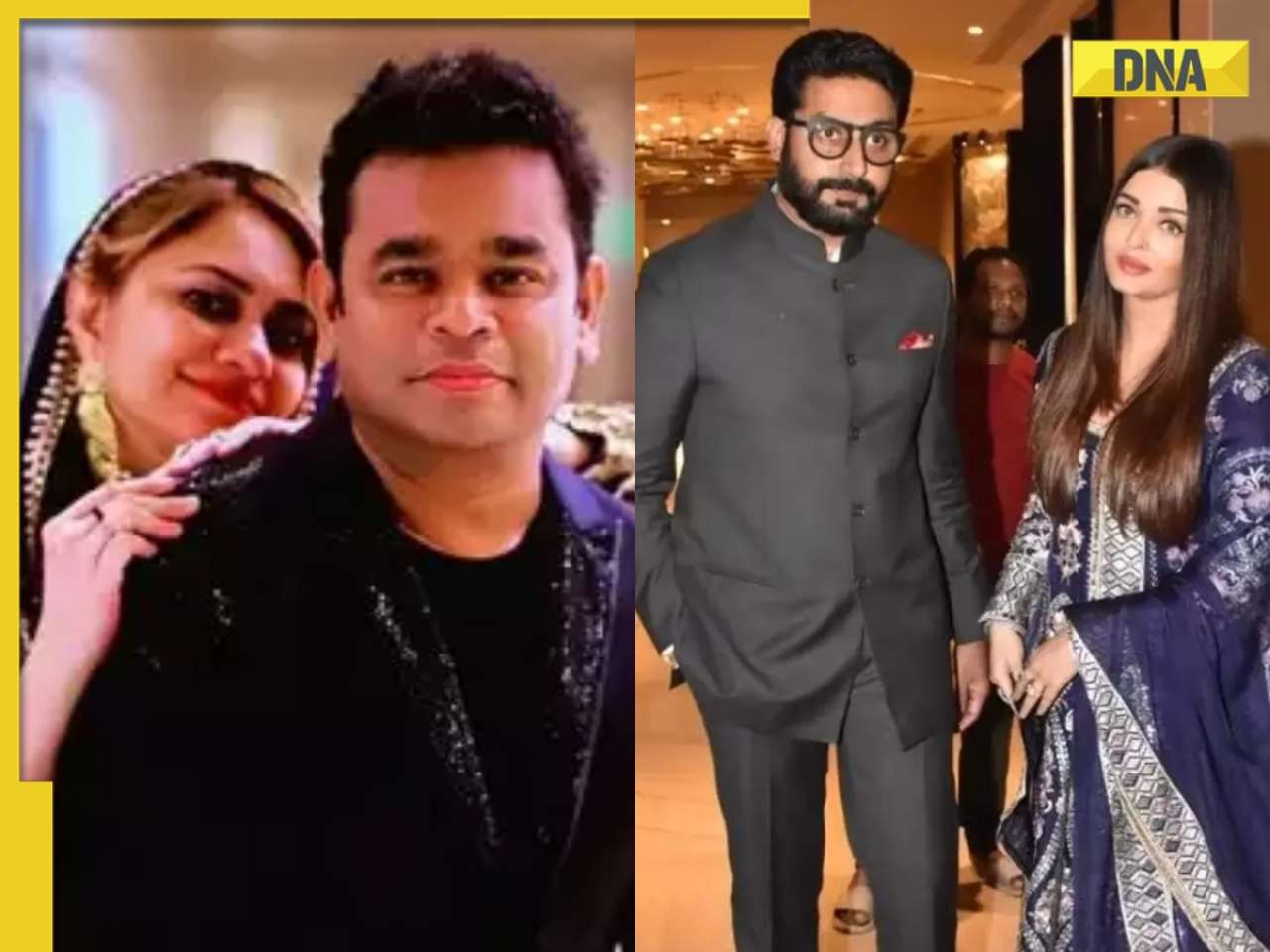






)
)
)
)
)
)
)
)
)
)
)
)
)
)
)
)





